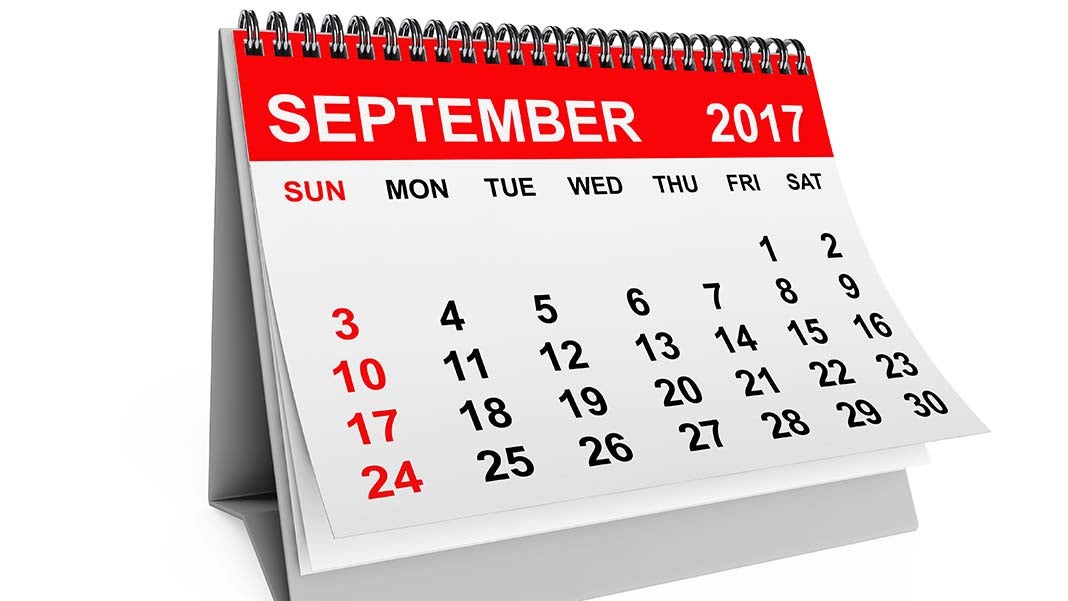
Content fuels online marketing and if you don’t have a content strategy, you will struggle to generate leads. An effective content strategy requires a well-planned editorial calendar.
An editorial calendar is a schedule of content to be produced and delivered to your prospects through different channels, including your blog, social media channels, email newsletters, etc. over a specified timeline.
Editorial Calendar Basics
An editorial calendar is more than just a chart showing dates when content should be published. A good calendar maps content, responsible parties, buying persona targets, and delivery methods.
A basic editorial calendar should include the following:
- List of content that should be published based on your content strategy.The list can include yet-to-be developed content, existing content or content that will be repurposed or repackaged for your audience.
- Team leaders responsible for creating and publishing content.These leaders may include editors, writers, graphic designers, agencies, etc.
- Content creation and publishing dates i.e. when the content should be created and when it will be published.If you have a comprehensive content marketing strategy, you might want to drill further into proofreading, fact checking and so on.
- A next step, or call to action.If your content is properly focused and valuable, it will attract your target market. Once they consume your content, what’s next? Plan a next step by placing a call-to-action that gives your audience a chance to further engage with your brand.
- A list of channels for delivering your content.For example, you can deliver part of an eBook as a blog post and distribute other content through social networking sites, emails, etc.
Content Basics
The first step to creating an editorial calendar is to determine the type of content you will produce. Your content can include blog posts, articles, eBooks, slideshows, videos and so on. Brainstorm with your marketing team on the type of content that should be produced.
Here are some things to consider:
- Quantity. Determine how much content you will need during your content cycle. For example, if you are crafting a quarterly editorial calendar, how many blog posts will you need during the period? It is good practice to have 3 months’ worth of content in advance.
- Buyer Persona. Which type of content appeals to your target market? EBooks? Articles? Videos?
- Production. Who will be responsible for producing the content? Will your small business blogging team handle the content or will you outsource creation to an outside agency?
- Frequency. How frequently will you be delivering content to your audience? Daily? Weekly?
Organizing Content
Next, organize your editorial calendar to have a clear overview of how the production process will go. You can use Google Spreadsheet or Excel to keep track of content creation. For example, if you are using Excel, you might want to have different tabs addressing the following:
Tentative title of the content
- Broad description of the content
- Target keywords
- Meta tags and meta description to be used
- Tags and categories
- Call-to-action
- Status of the content (started, in-progress, finished)
- Promotion methods
Fill the spreadsheet with the list that you have brainstormed. As you fill the content, you may get more content ideas that you can cover in your next editorial calendar or in other content channels. For example, you may think of repurposing an Ebook into a series of blog posts for your audience down the road.
Publishing Schedule
Before you set a publishing schedule, think about your audience and upcoming events that may affect or influence their actions, your business or your content choices. For example, if holidays, major conferences or special events fall in your editorial content schedule, make sure the content you schedule for the period will be relevant.
Here are some questions to ask yourself:
- What upcoming occasions could your content focus on?
- Do traditional holidays resonate with your product offering?
- Will there be an industry specific hot-topic coming up such as a major new product release, trade-show, or buying season?
Don’t overlook anniversaries, special business days and local celebrations. All these can guide you on creating relevant content that can encourage more content sharing and lead generating.
Your entire content marketing team should have access to your editorial calendar but one person should be in charge of following up on the content creation progress and publishing. This will eliminate confusion on what is supposed to be done and who is supposed to do it.
You should also be flexible with your editorial calendar. Don’t be afraid to make changes or switch subjects to provide better value to your audience.












